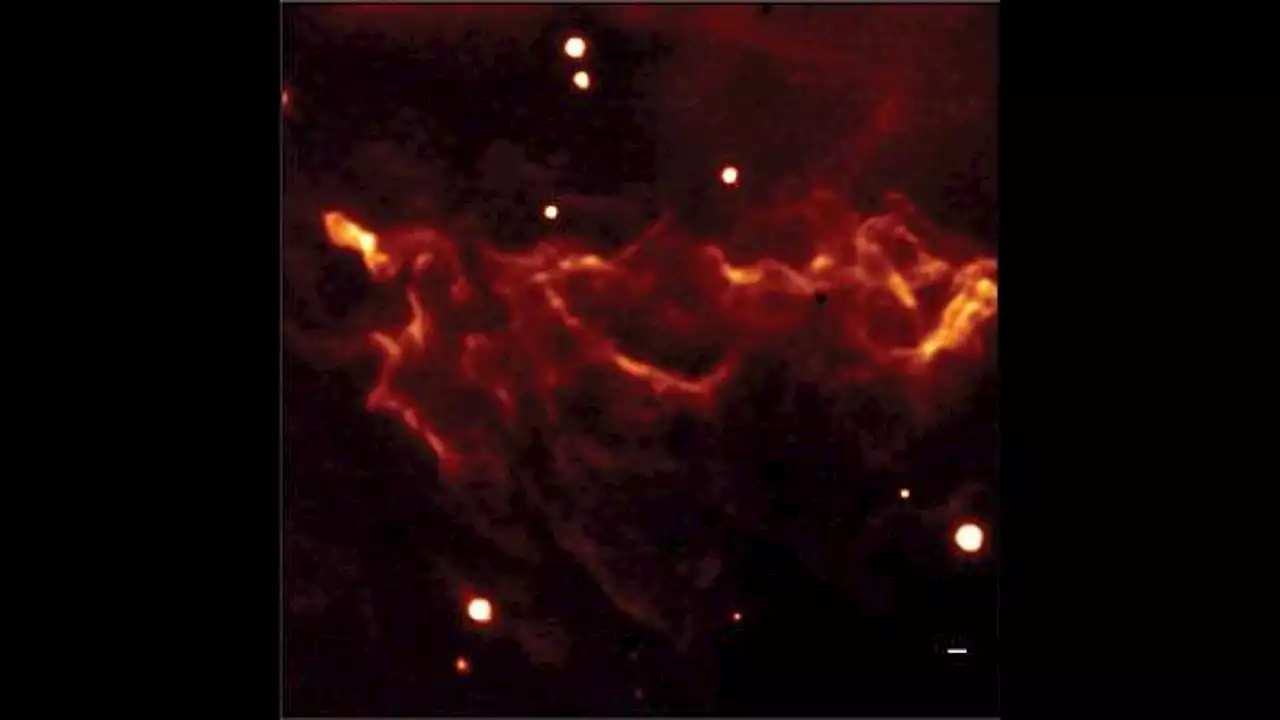Astronomers have imaged the closest star-forming region to Earth to study how intense radiation from young stars shapes such areas.
The research into the PDR of Orion's Belt will act as a roadmap for further investigation using theTo produce this new highly detailed image, PDRs4All team astronomers probed this region using the second-generation Near-Infrared Camera in combination with the Keck II telescope's adaptive optics system. Both instruments are located at theIn the image, it is possible to identify the different sub-structures that comprise Orion's Bar in unprecedented detail.
"Never before have we been able to observe at a small scale how interstellar matter structures depend on their environments, particularly how planetary systems could form in environments strongly irradiated by massive stars," Habart said."This may allow us to better understand the heritage of the interstellar medium in planetary systems, namely our origins."
The team will be particularly interested in observing in the PDR images where gas changes from a hot ionized state to warm atomic gas, and then again to the cold molecular gas capable of collapsing to form stars. For Keck Observatory astronomer Carlos Alvarez, one of the most exciting elements of this research is seeing Keck play a fundamental role in the JWST era of astronomy.
United States Latest News, United States Headlines
Similar News:You can also read news stories similar to this one that we have collected from other news sources.
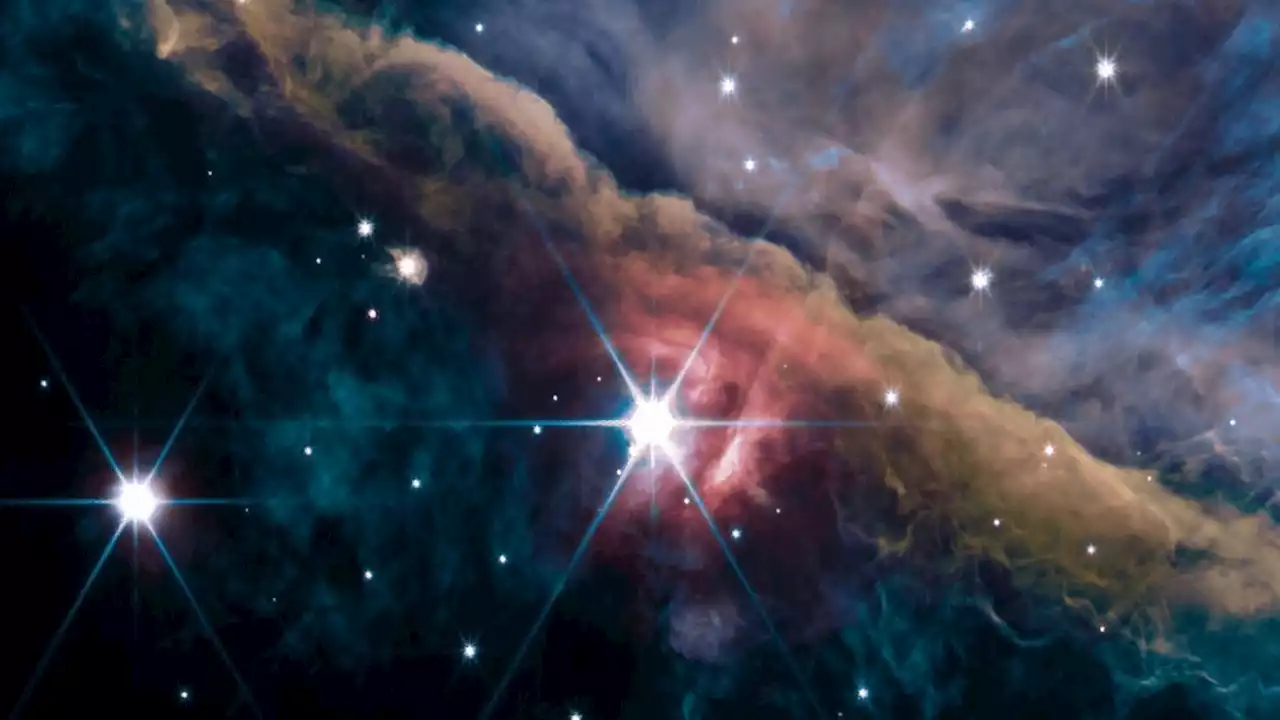 New James Webb telescope images reveal the chaotic beauty of Orion's swordOne of the brightest, closest nebulas to Earth just got its clearest close-up ever.
New James Webb telescope images reveal the chaotic beauty of Orion's swordOne of the brightest, closest nebulas to Earth just got its clearest close-up ever.
Read more »
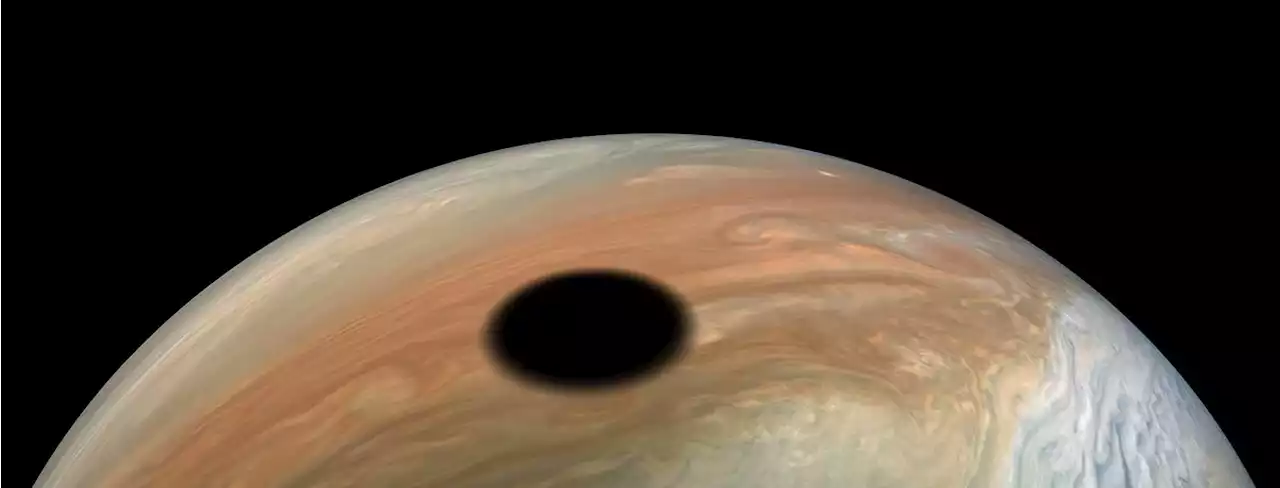 If Jupiter's Orbit got Weirder, it Would Actually Make Earth More HabitableJupiter has helped sustain life on Earth, but it might have done a better job with a more eccentric orbit.
If Jupiter's Orbit got Weirder, it Would Actually Make Earth More HabitableJupiter has helped sustain life on Earth, but it might have done a better job with a more eccentric orbit.
Read more »
 From deep sea to outer space, tourism is now reaching the ends of the EarthAs the Dalai Lama said, “Once a year, go someplace you’ve never been before” — and a new age of tourism is adding more destinations to that list.
From deep sea to outer space, tourism is now reaching the ends of the EarthAs the Dalai Lama said, “Once a year, go someplace you’ve never been before” — and a new age of tourism is adding more destinations to that list.
Read more »
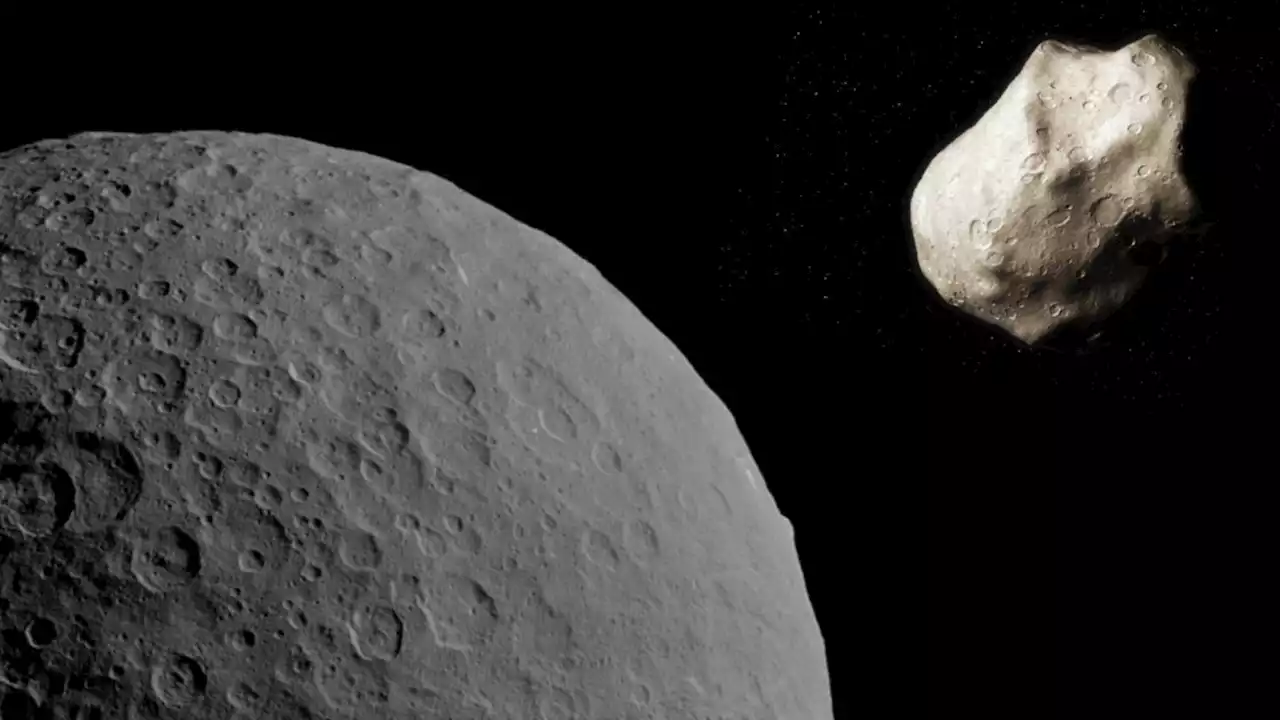 Dwarf planet collision may have sent strange ultra-hard diamonds to EarthRobert Lea is a science journalist in the U.K. whose articles have been published in Physics World, New Scientist, Astronomy Magazine, All About Space, Newsweek and ZME Science. He also writes about science communication for Elsevier and the European Journal of Physics. Rob holds a bachelor of science degree in physics and astronomy from the U.K.’s Open University. Follow him on Twitter sciencef1rst.
Dwarf planet collision may have sent strange ultra-hard diamonds to EarthRobert Lea is a science journalist in the U.K. whose articles have been published in Physics World, New Scientist, Astronomy Magazine, All About Space, Newsweek and ZME Science. He also writes about science communication for Elsevier and the European Journal of Physics. Rob holds a bachelor of science degree in physics and astronomy from the U.K.’s Open University. Follow him on Twitter sciencef1rst.
Read more »
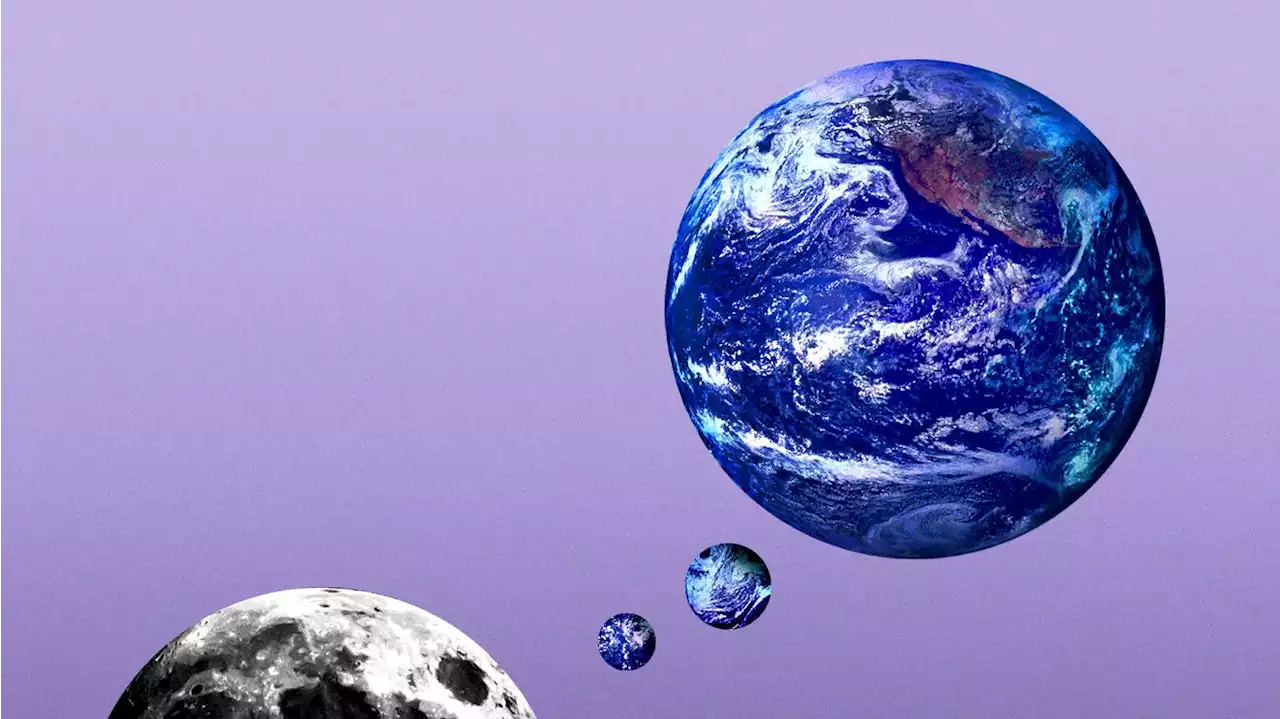 What the Moon can tell us about EarthUnderstanding the early history of our planet and our Moon could help scientists figure out more about how the planets formed and even how life eventually took hold on our world.
What the Moon can tell us about EarthUnderstanding the early history of our planet and our Moon could help scientists figure out more about how the planets formed and even how life eventually took hold on our world.
Read more »
 Earth to DoD: The military needs more rockets, missiles, and bombs[This piece has been published in Restoring America to highlight the importance of increased investment in U.S. military weaponry.]
Earth to DoD: The military needs more rockets, missiles, and bombs[This piece has been published in Restoring America to highlight the importance of increased investment in U.S. military weaponry.]
Read more »
